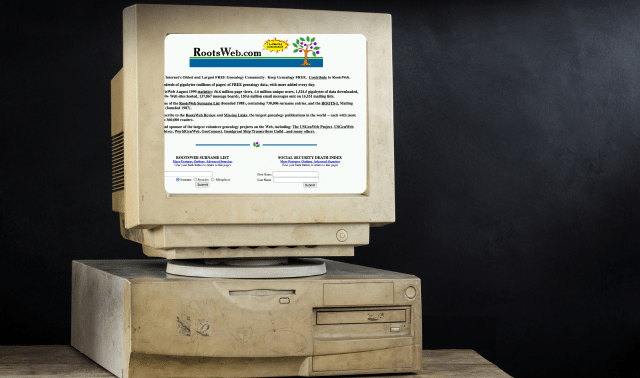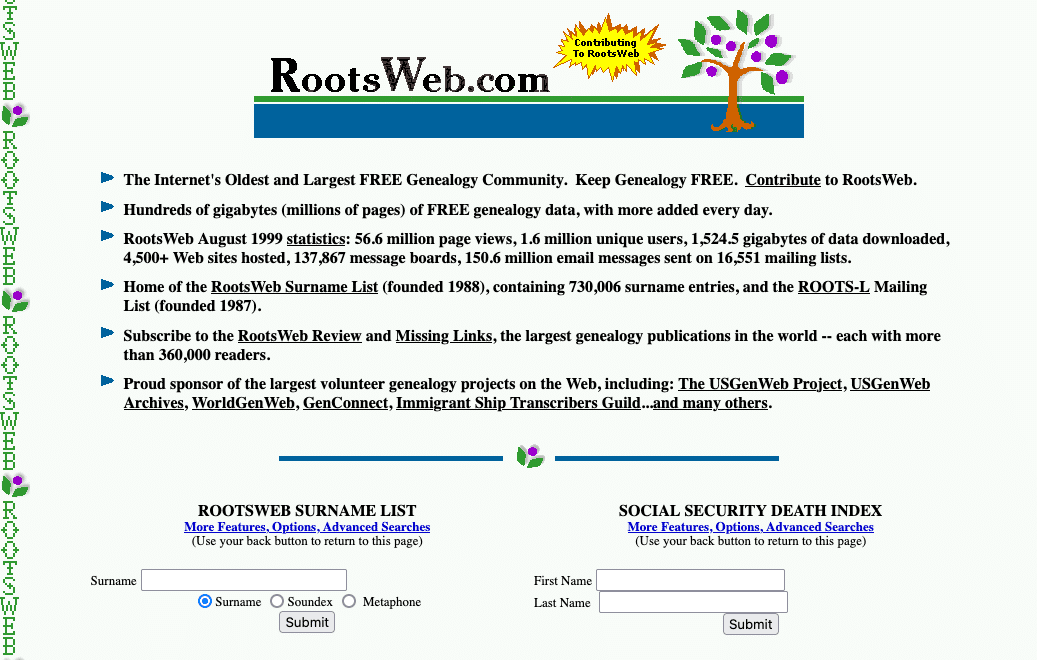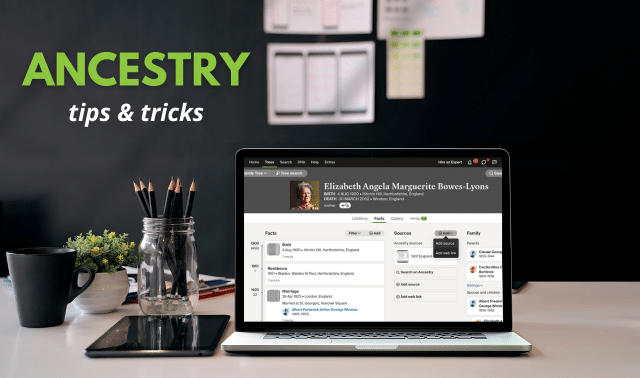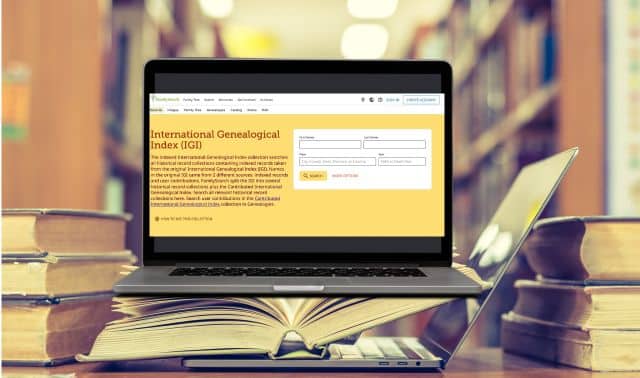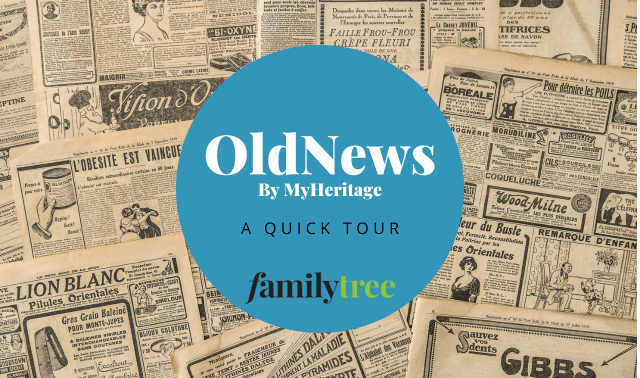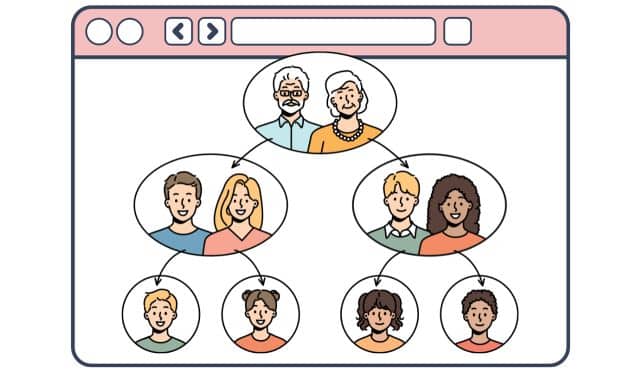Sign up for the Family Tree Newsletter! Plus, you’ll receive our 10 Essential Genealogy Research Forms PDF as a special thank you.
Get Your Free Genealogy Forms
"*" indicates required fields
The internet was quite a different place in the mid-1990s. Most websites we consider institutions these days—Facebook, Google and YouTube, to name a few—hadn’t yet been founded. eCommerce giants Amazon and eBay were still in their infancy. And Ancestry.com was still just a genealogy book- and magazine-publisher with a gleam in its eye.
Undaunted by this new frontier, genealogists flocked to use this new thing called the World Wide Web in their research. Intrepid pioneers learned how to use new tools as they came online—and added their own.
RootsWeb was among their greatest successes. This long-time destination for genealogists hosted websites created by individual contributors and societies, plus then-revolutionary databases. Best of all, the site was totally free and mostly volunteer-run.
But today, you’d be forgiven for thinking RootsWeb (now frozen in read-only status) is a husk of its former self. What happened to the once-influential genealogy resource? We’ll look at a history of RootsWeb and which of its features are still functional today.
History: What is RootsWeb?
When founded in 1996, RootsWeb had a simple mission: Connect genealogists on the emerging internet. As more users joined, the site’s role expanded to many aspects of family history research: hosting records, referring users to genealogy mailing lists, facilitating conversations, and providing how-to guidance.
RootsWeb became “the granddaddy of Internet genealogy,” wrote Family Tree Contributing Editor Nancy Hendrickson in 2001. At the time, the site hosted several critical resources that have since moved to their own servers: Cyndi’s List, FreeBMD, the Immigrant Ship Transcribers Guild, the Social Security Death Index, USGenWeb and more.
In 2000, the site was acquired by Ancestry.com (then called MyFamily.com Inc.), which promised access would remain free forever. Ancestry.com slowly brought its new acquisition into the fold, consolidating (for example) message boards and family trees.
RootsWeb remained a mainstay in the genealogical world for years after. At its height, it hosted more than 30,000 user-maintained websites, plus the WorldConnect database of some 465 million names. It appeared as an honoree in 17 of Family Tree’s 25 annual lists of the Best Genealogy Websites and was name-checked in an additional three.
Ancestry.com continued to allow RootsWeb to be free, but cracks in the site’s foundation began to show. A data breach in 2017 prompted Ancestry.com to take it down indefinitely. RootsWeb returned several months later, but users reported issues logging in and making edits to their pages. Ancestry.com then began sun-setting certain features: the Surname List in 2017, mailing lists in 2020, then WorldConnect in 2023. In early 2024, the whole site was made read-only.
It’s premature to say that the site will disappear altogether—though, like hosted websites, mailing lists and WorldConnect were made read-only before being removed. But (as is the case with nearly all online resources) users should record the information they find on the website elsewhere.
Using RootsWeb Today
As previously stated, users can no longer make new pages on the site, nor edit existing ones. They can, however, continue to view some content still on the site and take advantage of a couple other features.
What can I still do at RootsWeb?
- Visit user-submitted websites—those that still exist, anyway. These include collections of records and publications, plus dedicated pages for genealogical societies or places of interest.
- Consult WorldConnect family trees, which were last updated in 2021 and ultimately merged with Ancestry.com’s. That said, you can still search an index of WorldConnect trees, last updated in 2023.
- Read the RootsWeb Wiki (also known as the Ancestry.com Family History Wiki). Note that the guidance here is frozen in time and as such may be outdated. For example, two of the wiki’s primary sources, Red Book: American State, County and Town Sources and The Source: A Guidebook to American Genealogy (both produced by Ancestry), were published in 2004 and 2006, respectively.
- Research obituaries in the Obituary Daily Times Index. Like WorldConnect, this is also searchable at Ancestry.com.
How can I work around broken links?
If you come across a broken RootsWeb link, don’t despair! You can maybe still access the content that was once there:
- Search Google for the page name to see if another site now hosts that material. This may reveal the page at a different URL, either at RootsWeb or another site.
- Use the Internet Archive’s Wayback Machine to view an archived version of the page. Visit the Wayback Machine’s home page, then paste the page’s URL to see if the site saved a version of the page at some point in the past. Your mileage may vary, as the Internet Archive didn’t capture every page on the site.
- Consult other resources to determine if records, advice, etc., once hosted by RootsWeb are now hosted elsewhere. For example: Google a genealogical society’s name to see if it moved its website from the RootsWeb server to a different one in the intervening years. Or see if a record set you once consulted on RootsWeb has been uploaded to another website.
Substitutes for RootsWeb
Even if you’re still able to use your preferred feature at RootsWeb, you’d be wise to look elsewhere for your research needs. Here are tasks that users once loved about RootsWeb—and where you can accomplish them today instead:
| Task | Old RootsWeb tool(s) | Modern equivalent(s) |
| Connecting with genealogists who have similar interests | Mailing Lists (archive only) Message boards Surname List | Facebook groups Forums/message boards through websites such as Ancestry.com and Reddit Genealogical and historical societies (both online and offline) RSS feeds that track new blogs or podcasts |
| Finding place-specific how-to guides and records | State Resources Registry of Web Sites/Hosted Web Sites Obituary Daily Times | Cyndi’s List FamilySearch Research Wiki Individual websites of societies and archives (75 Best) US research guides from Family Tree Magazine USGenWeb (though some of its pages are hosted on RootsWeb) |
| Hosting genealogy websites and digital materials | Registry of Web Sites/Hosted Web Sites | DIY websites through services such as Blogger or WordPress Family tree-hosting websites, notably the free FamilySearch |
| Learning more about genealogical topics | RootsWeb Review newsletter RootsWeb Wiki (read-only) | Email newsletters Family Tree Magazine FamilySearch Research Wiki Site-specific help resources: Ancestry Academy, MyHeritage Knowledge Base and Wiki, etc. |
| Viewing others’ family trees | WorldConnect (index) | FamilySearch: Family Tree, plus Ancestral File and the International Genealogical Index (also read-only) Other “world trees” such as Geni and WikiTree User trees at paid subscription websites such as Ancestry.com and MyHeritage |
Related Reads
Last updated, May 2025

